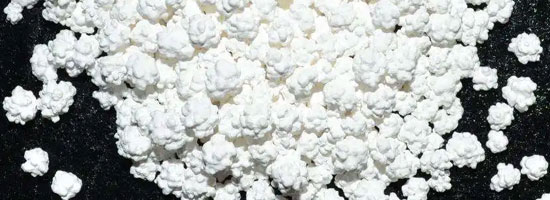First, the way of sewage treatment mainly includes physical treatment and chemical treatment. The physical method is to use a variety of filter materials with different pore sizes, the use of adsorption or blocking methods, the impurities in the water are excluded, the more important one in the adsorption method is to adsorption with activated carbon, the blocking method is to pass the water through the filter material, so that the larger volume of impurities can not pass, and then obtain more clean water. In addition, the physical method also includes the precipitation method, which is to let the impurities with a smaller proportion float on the surface of the water to fish out, or the impurities with a larger proportion precipitate under the surface, and then obtain. The chemical method is to use a variety of chemicals to convert the impurities in the water into substances that are less harmful to the human body, or the impurities are concentrated, the chemical treatment method should be used for a long time to add alum to the water, after the collection of impurities in the water, the volume becomes larger, you can use the filtration method to remove the impurities.
Calcium chloride, a chemical often used in sewage treatment, is an inorganic compound that is a salt composed of chlorine and calcium, a typical ionic halide. Chloride ions can sterilize water, kill harmful bacteria, and reduce the toxicity of water. Calcium ions can replace the metal cations contained in water, separate and exclude toxic heavy metal ions, and eliminate calcium ion precipitation, which has a good disinfection and purification effect.
The following is to introduce the specific role of calcium chloride in sewage treatment:
1. Calcium chloride dissolved in water after the chloride ion has the effect of sterilization.
2. Calcium ions can replace metal cations in the effluent, especially in the wastewater treatment process containing metal cations. In order to reduce the damage of highly toxic substances of metal cations to the biochemical section, calcium chloride is used in the pretreatment process to remove these toxic and harmful substances, which plays a key role. If this substance is used in the effluent section, chloride ions play a bactericide role. Calcium ions formed calcium hydroxide precipitated and were removed by precipitation.
3. PH neutralization and pre-regulation of acidic sewage pipe network to extend the service life of pipe network.
Specific application process: After the wastewater is collected into the regulating tank, the wastewater is raised to the coagulation tank by the lifting pump. The coagulation tank is divided into two processes of slow mixing and fast mixing, a total of four stages of reaction. In the fast mixing tank, sodium hydroxide is added to the dosing pump to adjust the PH of the mixed water in the tank to 8, and the water-soluble polyaluminum chloride and calcium chloride are added at the same time. By adding flocculant polyacrylamide in the slow mixing tank, the formed calcium chloride particles coagulate with each other to form larger granular floc; After flocculation, the effluent flow into the sedimentation tank, through natural settlement to achieve the purpose of solid-liquid separation, the supernatant overflowed from the upper part of the sedimentation tank, and then flowed into the secondary coagulation precipitation. After the secondary coagulation and precipitation treatment, the water passes through the bag filter and activated carbon filter into the acid-base neutralization pool of the owner’s side after passing the online detection of fluoride ions, and then the pH value is adjusted and discharged. Unqualified water is discharged into the conditioning tank and then treated.
Post time: Jan-11-2024








